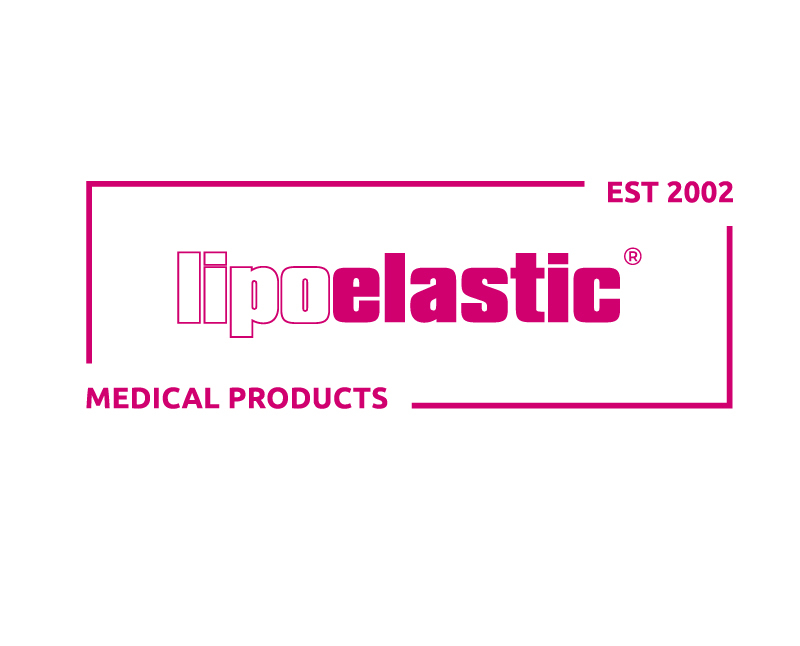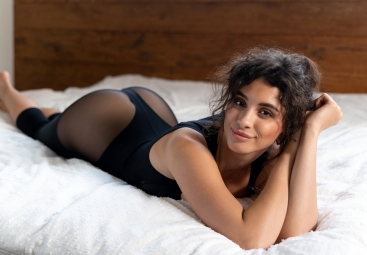As the name suggests, fat transfer surgery, or fat grafting, involves harvesting fat from one body area and injecting it into another. It is increasingly popular, and the attractive proposition of "Killing two birds with one stone" draws many patients to this procedure.

Three steps of fat transfer
Fat transfer essentially combines three different procedures at once. First, the fat is harvested using liposuction or a liposuction-like procedure, followed by fat purification and, lastly, the injection of the purified fat component into the desired areas.
Fat grafted from another body area lacks its own blood supply, so it must undergo a crucial period after being transferred to survive for the long term.
Where is the fat usually harvested from and transferred to?
The fat for transfer surgery is usually harvested from areas with excess fat, such as the abdomen, thighs, buttocks, or flanks. The harvested fat is usually transferred to required enhancement or contouring, such as the face, breasts, or buttocks.
What are the commonly treated areas?
Breasts
Breast procedures commonly performed using fat transfer include breast augmentation, reconstruction, lift, and asymmetry correction. These procedures are popular because they can achieve natural-looking results and serve as an alternative to breast implants.
Buttocks (Brazilian Butt Lift: BBL)
With the rising popularity of celebrities like the Kardashians, the demand for BBL has surged. During a BBL procedure, fat is harvested from areas with excess fat using liposuction and then injected into the buttock area to achieve fuller and more lifted curves.
Face
Fat transfer is also a popular option for facial procedures such as volume restoration, rejuvenation, cheek augmentation, lip augmentation, jawline contouring, and nasolabial fold correction. Using fat transfer offers a natural-looking solution without the use of synthetic fillers.
Different methods of fat transfer
Different methods are used for fat transfer procedures. Each method has advantages and may be chosen based on the patient's anatomy, desired outcome, and surgeon's expertise.
The most common methods are:
Traditional liposuction
Fat is harvested using a cannula connected to the suction device. The harvested fat is processed and purified before injection.
Power-Assisted Liposuction (PAL)
PAL uses a vibrating cannula to break up the fat cells, facilitating their removal with suction.
Ultrasound-Assisted Liposuction (UAL)
UAL, also known as Vaser Liposuction, liquefies fat cells using ultrasound energy before suctioned out.
Water-Jet-Assisted Liposuction (WAL)
WAL employs a gentle stream of the saline solution under pressure to dislodge fat cells, making them easier to harvest. This lymph-sparing method can be shown to promote the quickest patient recovery.
After harvesting, the fat is processed to remove excess fluids and impurities before it is injected into the recipient site.
Post-operative care after fat transfer
.png)
Following your surgeon's instructions for the post-operative care is crucial for achieving optimal results and ensuring a smooth recovery. A key component of recovery is wearing compression garments. These specialised garments help prevent swelling, provide support to the treated areas, and help facilitating the repositioning of the transferred fat cells for improved contouring and aesthetic outcomes. LIPOELASTIC, for example, offers a collection of fat transfer compression garments featuring special mesh or open cut-outs for the area of transferred fat and medical-grade compression for the areas of liposuction.
Alongside wearing compression garments, Manual Lymphatic Drainage (MLD) massage is often recommended to help reduce swelling and promote natural drainage of excess fluid from the body. Maintaining adequate hydration, avoiding smoking, and following a nutritious diet are also essential for supporting healing.
Always make sure you follow your surgeon's advice during the recovery process.
Explore our range of compression garments for after Fat Transfer surgery here, and follow us on socials @lipoelastic - lets connect!

 LIPOELASTIC TEAM
LIPOELASTIC TEAM 



 England
England



 Wales
Wales
 Scotland
Scotland
 Northern Ireland
Northern Ireland
 Ireland
Ireland
 United States of America
United States of America
